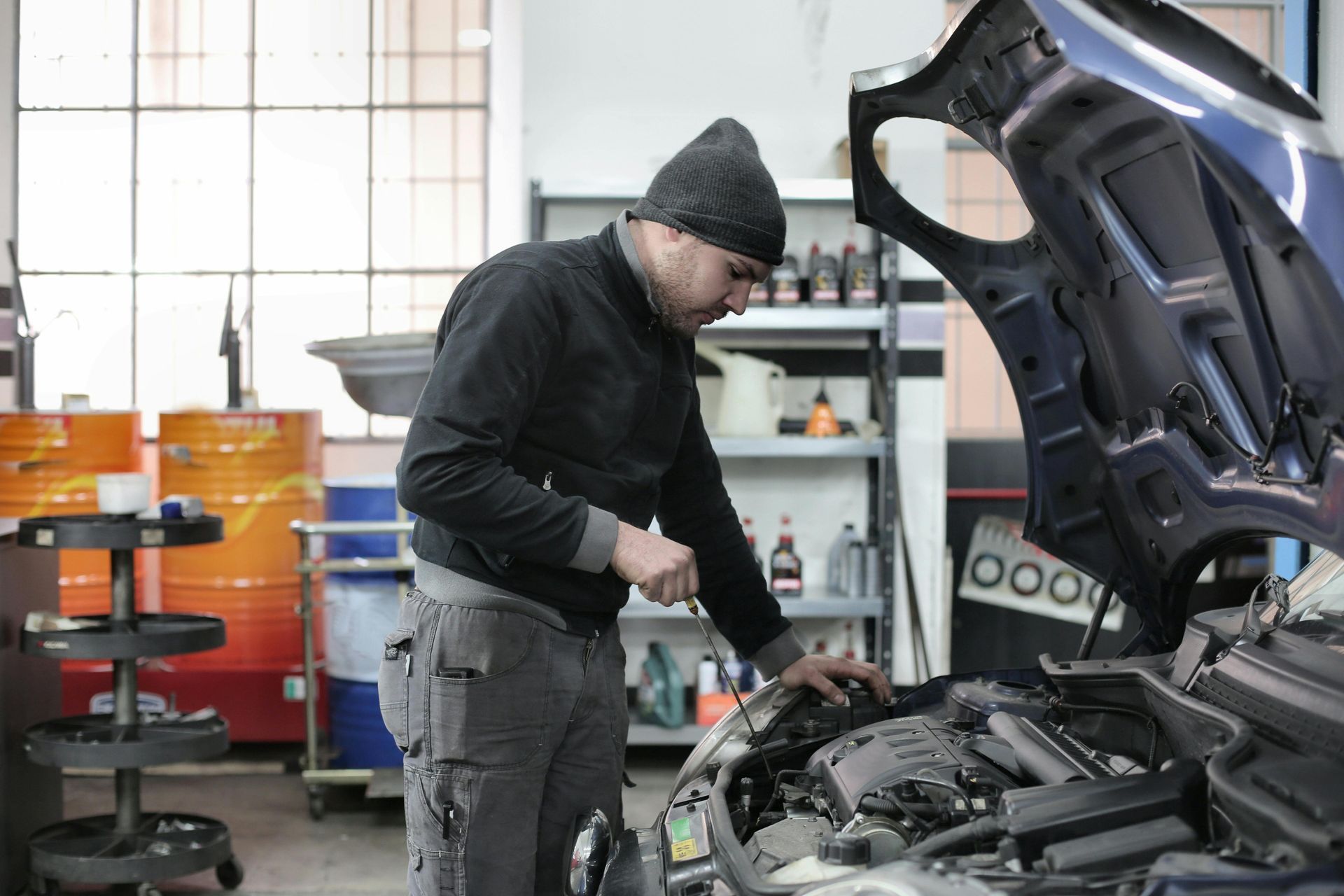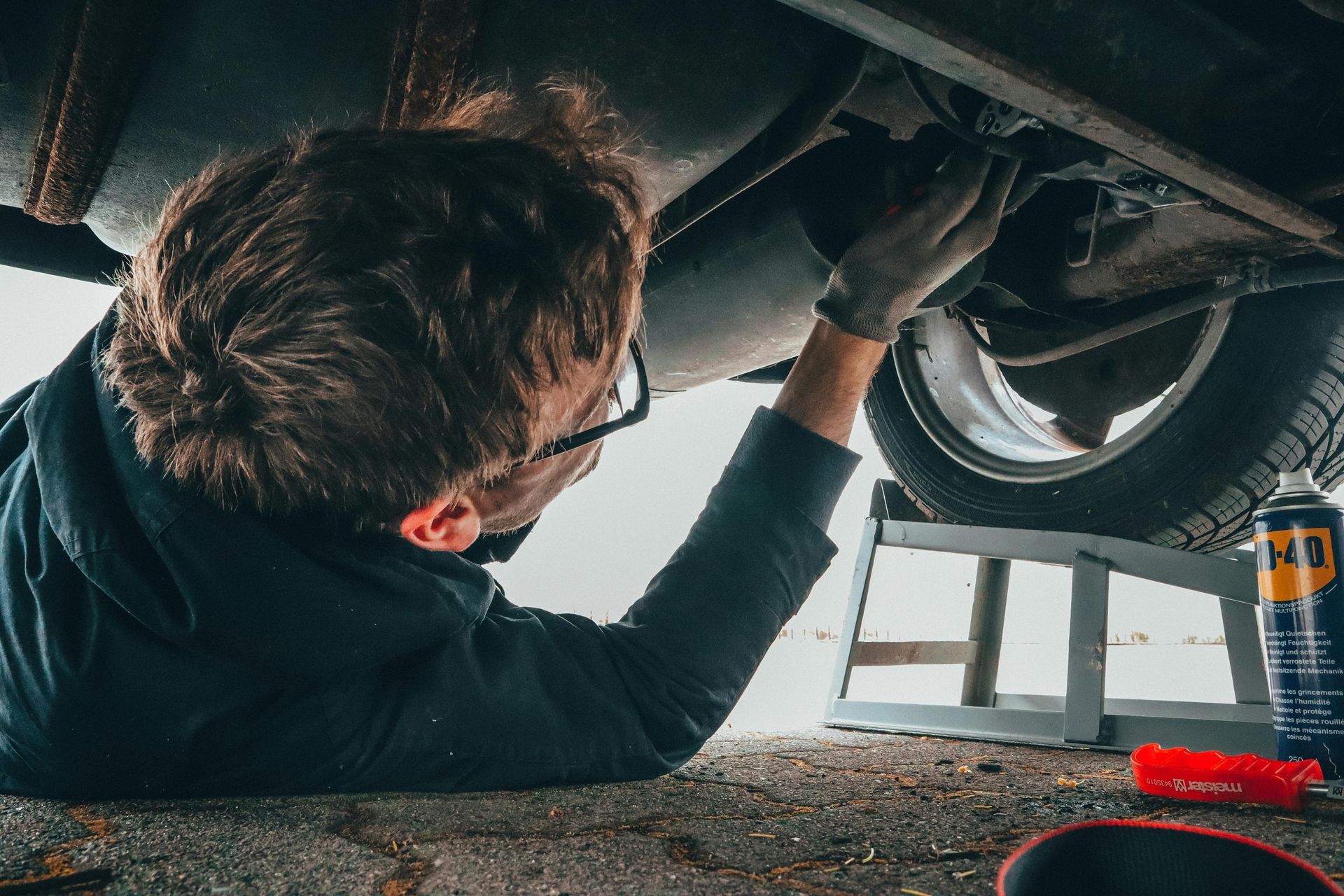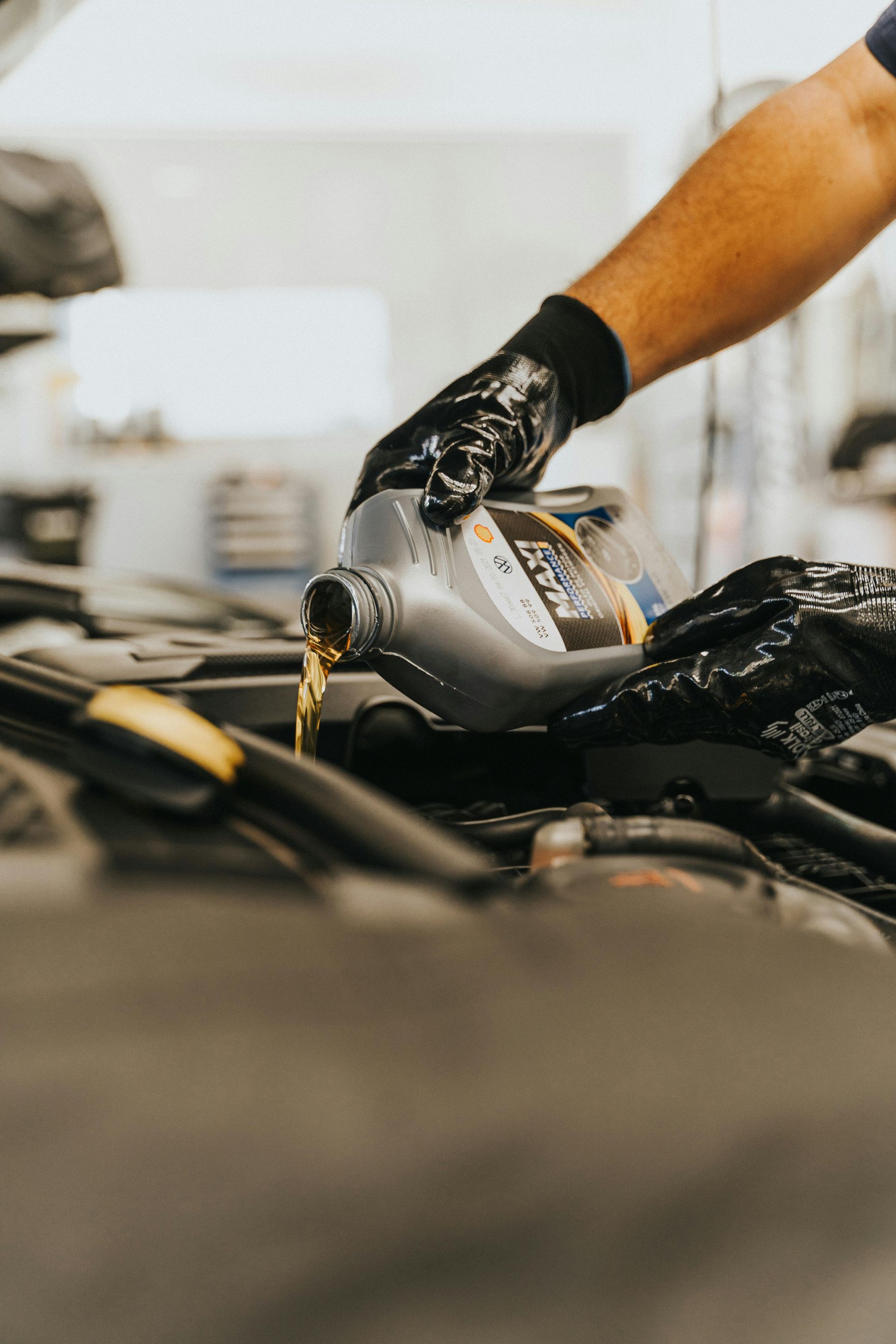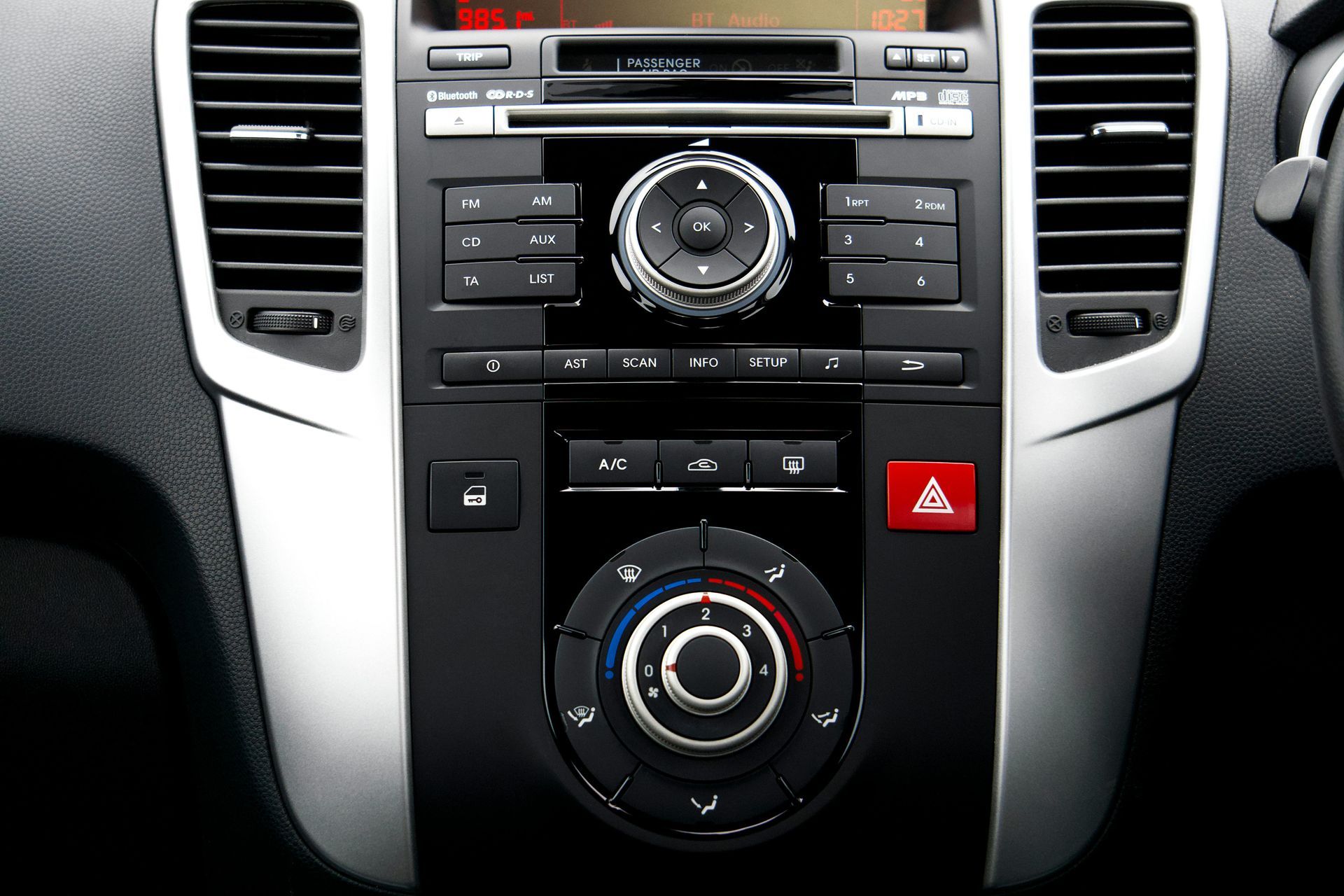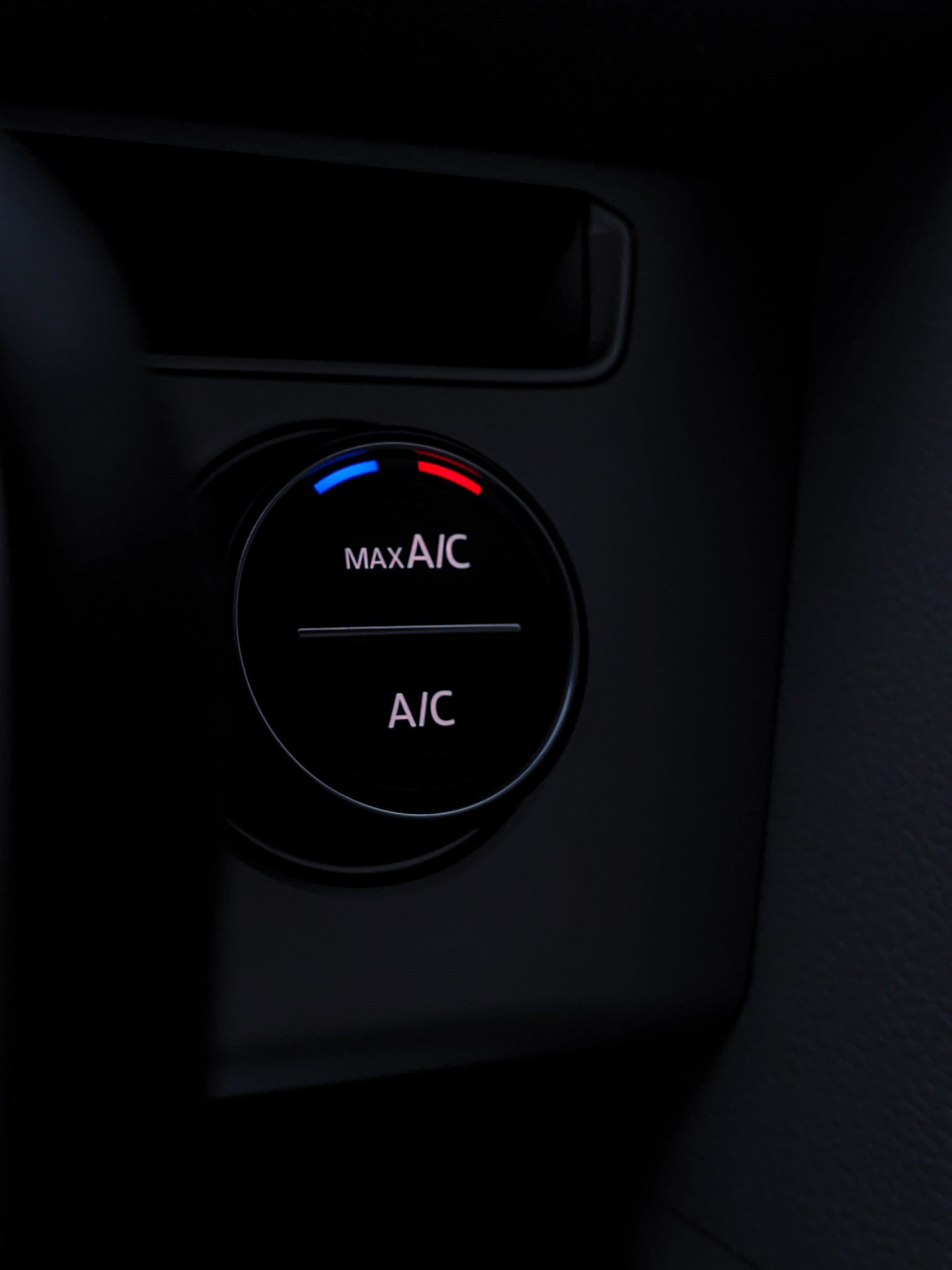Choosing the Right Tires for Springfield, OR Roads: A Local Expert's Guide
Selecting the perfect tires for your vehicle in Springfield, Oregon requires understanding our unique local driving conditions. From rainy winters to hot, dry summers and everything in between, Springfield drivers face diverse challenges that the right tires can help manage. At Willamette Automotive Care, we've helped countless local drivers find the ideal tires for their vehicles, driving habits, and budget. Here's what you need to know to make the best choice for your Springfield driving needs.
Understanding Springfield's Road Conditions
Springfield's location in the Willamette Valley creates specific driving challenges throughout the year:
- Wet conditions: We receive approximately 47 inches of rain annually, making wet-weather performance critical
- Occasional winter ice and snow: While not as severe as mountainous regions, we do experience freezing conditions
- Hot summer pavement: Summer temperatures can exceed 90°F, affecting tire performance and longevity
- Varied terrain: From urban streets downtown to rural roads toward Marcola or the McKenzie River
These diverse conditions mean that no single tire type works perfectly year-round, but some provide better all-around performance for our specific climate than others.
Tire Types Explained for Springfield Drivers
All-Season Tires
Best for: Average Springfield drivers who stick primarily to paved roads and highways like I-5, Gateway Street, or Main Street.
Pros:
- Good year-round performance in our moderate climate
- Decent wet-weather handling for our rainy seasons
- Longer tread life than specialized tires
- More economical over time
Cons:
- Less effective in heavier snow or ice than winter tires
- Not ideal for off-road adventures to nearby recreation areas
All-Terrain Tires
Best for: Springfield residents who frequently travel to outdoor recreation areas like Fall Creek, Dexter Reservoir, or the Cascade Mountains.
Pros:
- Versatile performance on both pavement and light off-road conditions
- Better traction on gravel roads and forest service roads
- More aggressive tread pattern for improved grip in mud and light snow
- Generally tougher sidewalls to resist damage
Cons:
- Often noisier on Springfield's city streets
- Slightly reduced fuel economy
- Typically wear faster than highway tires
Winter/Snow Tires
Best for: Drivers who regularly travel east toward the Cascades in winter or those who can't avoid driving during occasional snow events in Springfield.
Pros:
- Superior traction on snow and ice
- Better cold-weather performance even on clear roads
- Could be essential for trips to Willamette Pass or Hoodoo Ski Area
Cons:
- Wear quickly in warmer weather
- Require seasonal mounting and dismounting
- Need storage space during non-winter months
Performance Tires
Best for: Drivers of sports cars or performance vehicles who value handling on Springfield's winding roads like Thurston Hills or McKenzie View Drive.
Pros:
- Superior grip on dry pavement
- Better cornering ability
- Enhanced braking performance
- Improved steering response
Cons:
- Generally shorter tread life
- Less effective in wet conditions (a significant concern in our climate)
- Usually more expensive
Key Factors Springfield Drivers Should Consider
1. Seasonal Usage
Consider how and when you drive:
- Do you commute daily regardless of weather?
- Can you avoid driving in snow altogether?
- Do you frequently head to the mountains in winter?
For many Springfield residents, a quality set of all-season tires with good wet ratings makes the most sense, with dedicated winter tires as a second set if you travel to snowy areas frequently.
2. Road Types
Springfield and surrounding Lane County feature various road surfaces:
- Well-maintained highways like Randy Papé Beltline
- City streets in varying conditions
- Rural roads with less maintenance
- Gravel roads leading to recreational areas
If you stick mainly to paved roads in and around Springfield, highway or touring tires offer the best combination of comfort, noise level, and longevity.
3. Vehicle Type
Your vehicle significantly influences your tire needs:
- Sedans and small SUVs typically do well with all-season touring tires on Springfield roads
- Larger SUVs and trucks might benefit from all-terrain tires if you venture off pavement
- Performance vehicles may require higher speed ratings even for local driving
4. Tread Patterns
Tread patterns affect how your vehicle handles Springfield's varied conditions:
- Symmetrical patterns: Offer good all-around performance and even wear
- Directional patterns: Excel in wet conditions, ideal for our rainy months
- Asymmetrical patterns: Provide a balance of dry handling and wet traction
- Block patterns: Best for off-road adventures to nearby recreation spots
Understanding Tire Ratings for Springfield Conditions
Temperature Ratings
With summer temperatures sometimes exceeding 90°F in Springfield, temperature ratings matter:
- A rating (the highest): Performs well even during our hottest days
- B rating: Adequate for most Springfield driving conditions
- C rating: Meets minimum standards but may not handle extreme heat well
Traction Ratings
Given our significant rainfall, traction ratings are crucial:
- AA: Superior wet traction, ideal for Springfield winters
- A: Very good wet traction
- B: Good wet traction
- C: Acceptable but not ideal for our climate
Treadwear Ratings
Higher numbers indicate longer expected tread life, which can be economical given the mileage many Springfield residents accumulate commuting to Eugene or other nearby towns.
Local Tire Shopping Tips
When purchasing tires in Springfield:
- Check reviews specific to wet performance: This is crucial for our climate
- Consider noise levels: Some tire types are significantly louder on highways
- Look for rebates and warranties: These can offset the initial investment
- Don't forget about valve stems and TPMS sensors: These should be serviced or replaced with new tires
- Ask about road hazard warranties: These can be valuable on rougher local roads
When to Replace Your Tires in Springfield
Our local driving conditions affect tire longevity. Look for:
- Tread depth below 4/32": Critical for wet weather driving common in Springfield
- Uneven wear patterns: Often indicating alignment issues from our variable road surfaces
- Visible damage: Sidewall bulges or significant cuts from road debris
- Age: Even with good tread, tires over 6 years old may have deteriorated internally
Need Help Selecting the Perfect Tires for Springfield Roads?
At Willamette Automotive Care, we understand the specific demands that Springfield's climate and road conditions place on your tires. Our ASE-certified technicians can help you select the perfect tires for your vehicle, driving habits, and budget.
We carry major brands and can provide expert mounting, balancing, and alignment services to ensure your new tires perform optimally and last as long as possible. Don't drive on worn or inappropriate tires that could compromise your safety during our rainy seasons or hot summers.
Call us today at (541) 209-6928 or schedule your tire consultation online. Let our local expertise guide you to the perfect tire choice for Springfield's unique driving environment!
